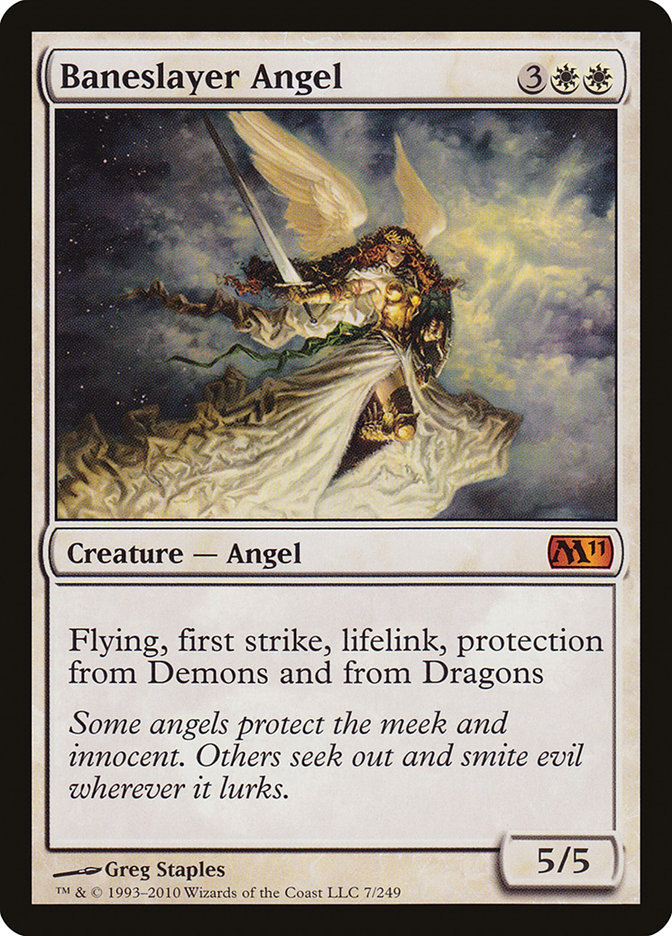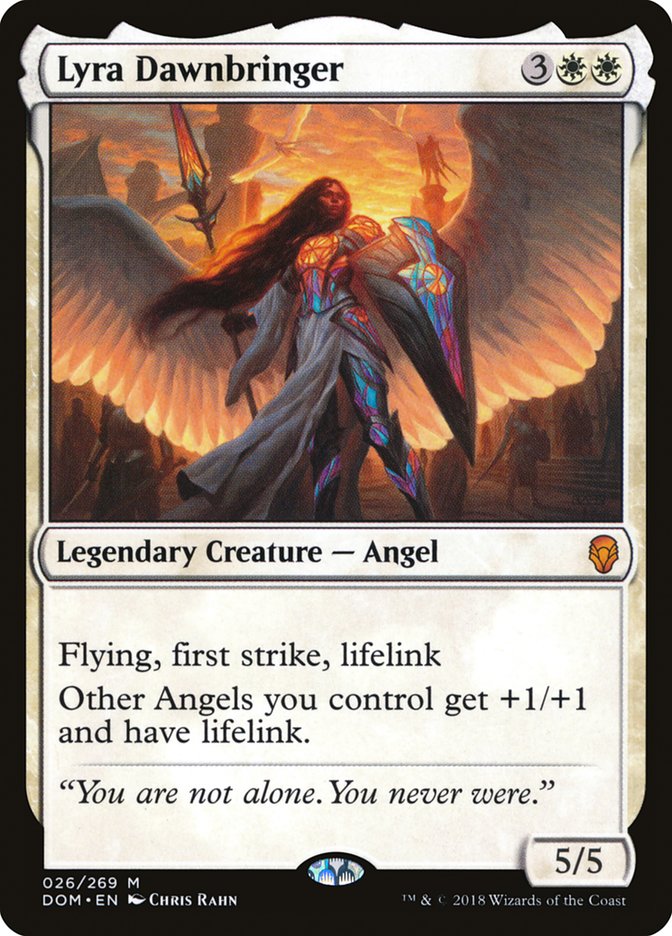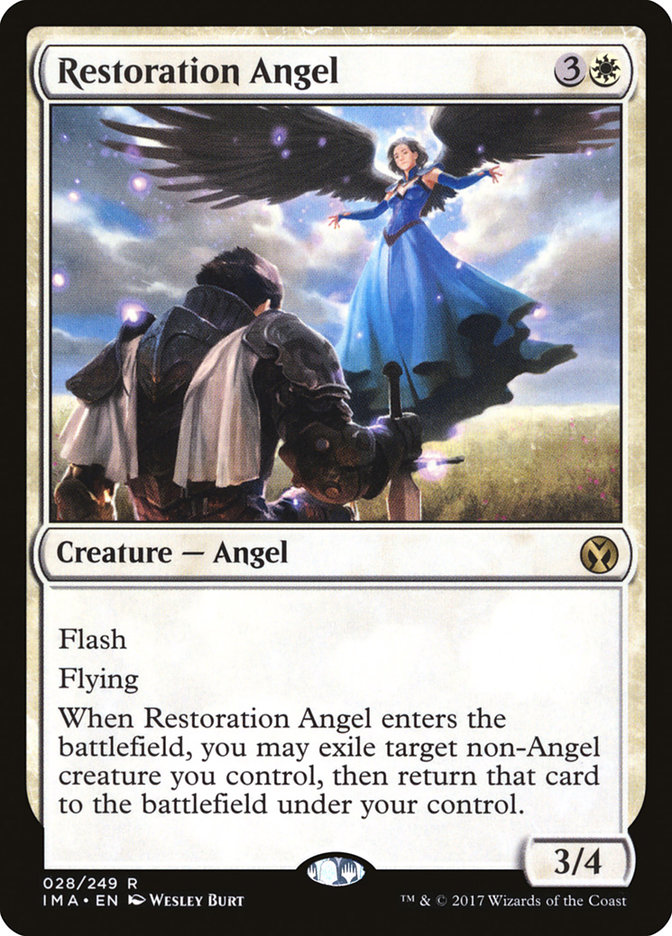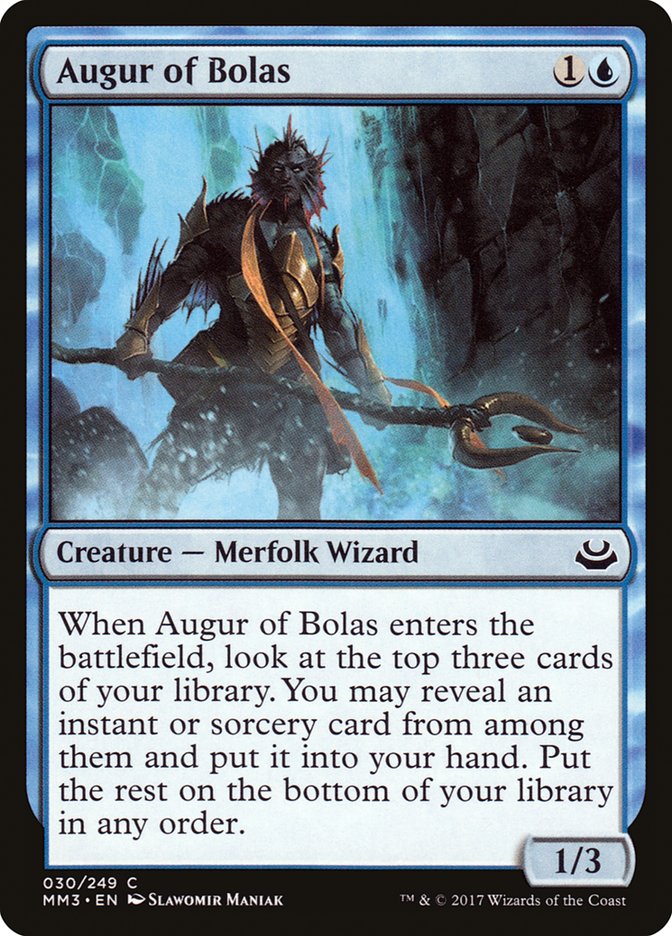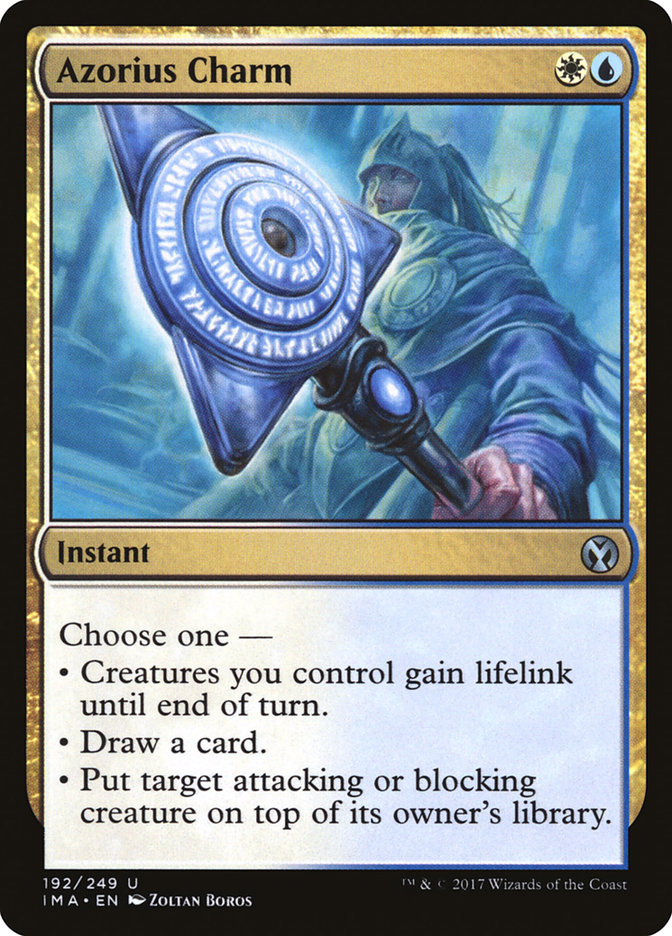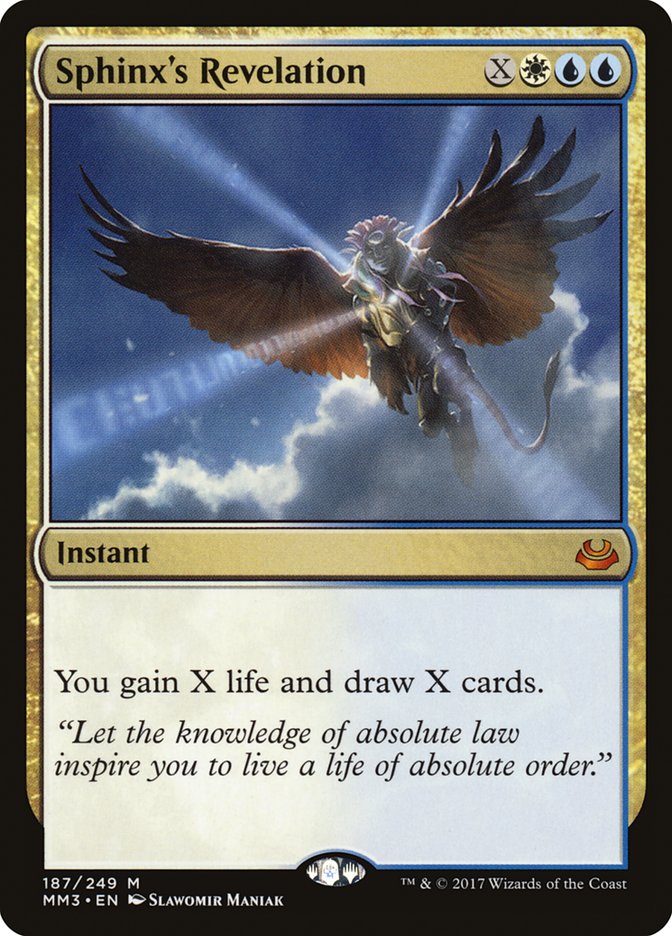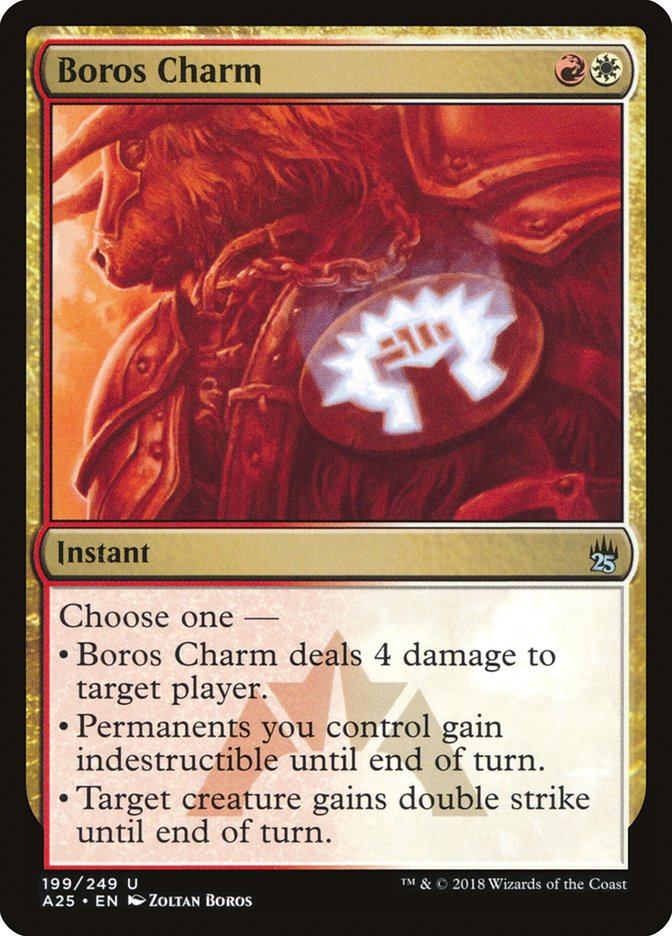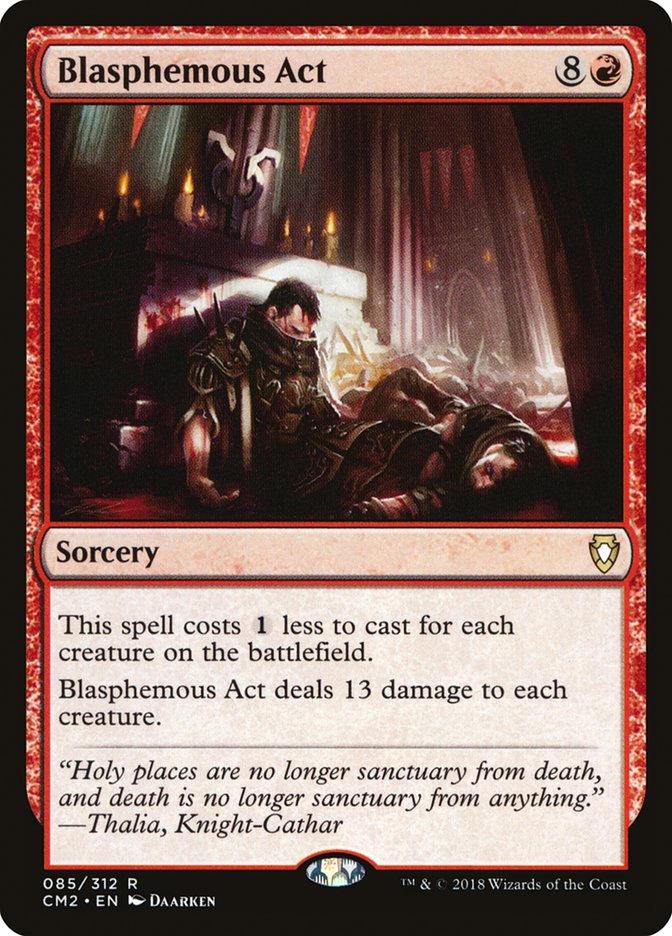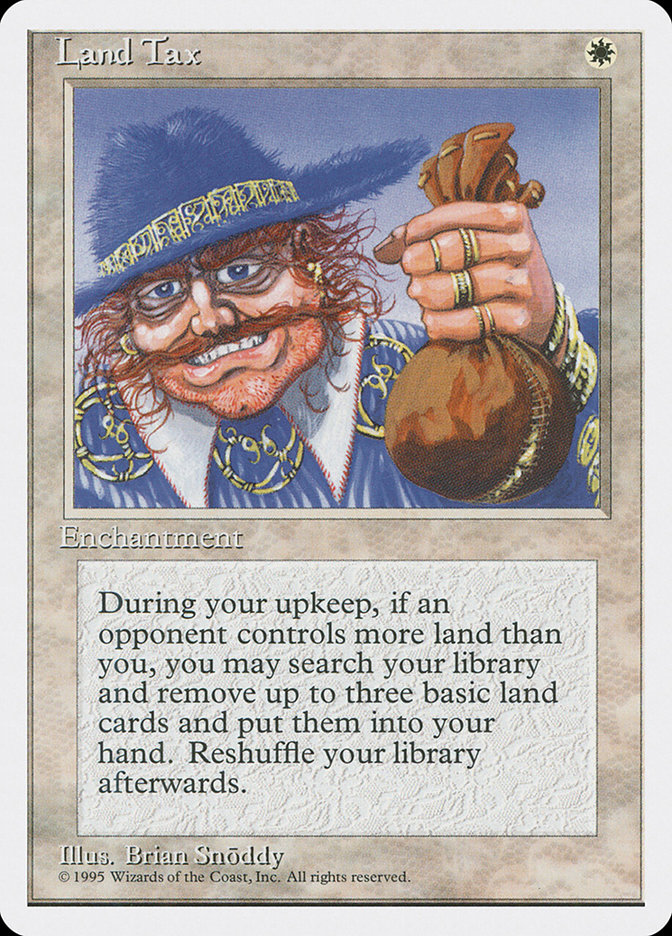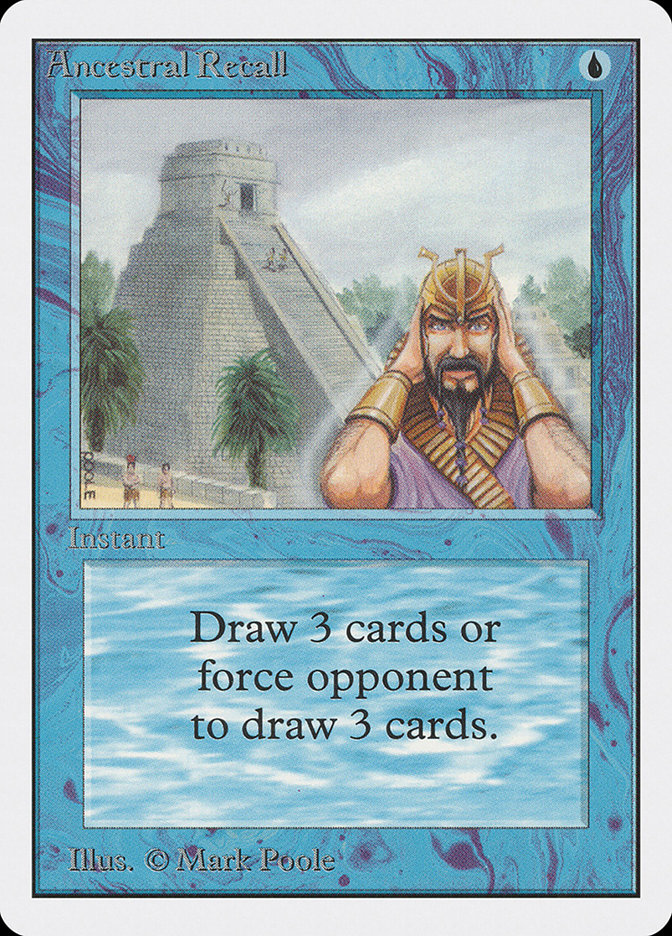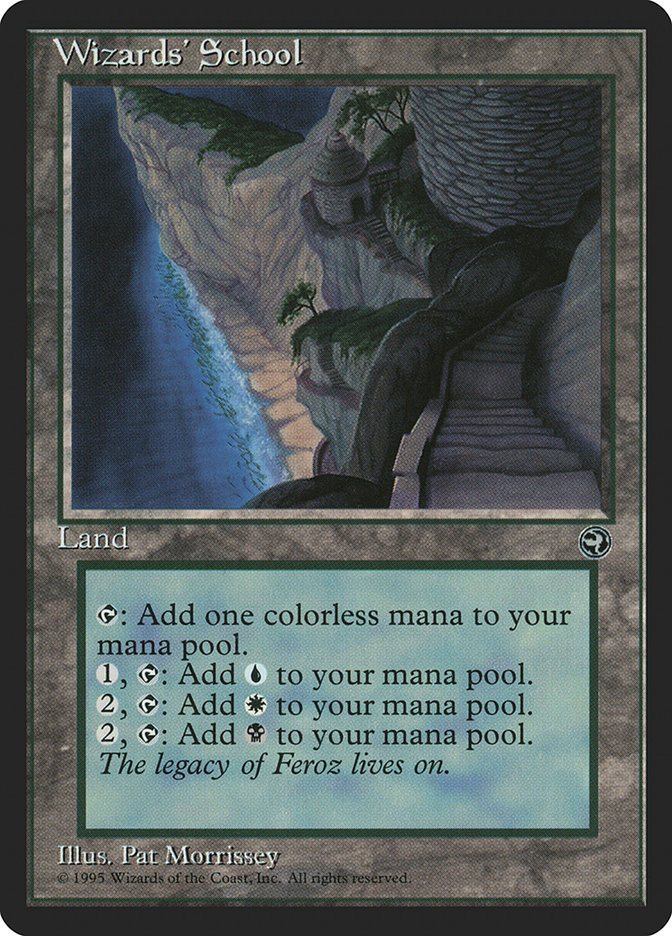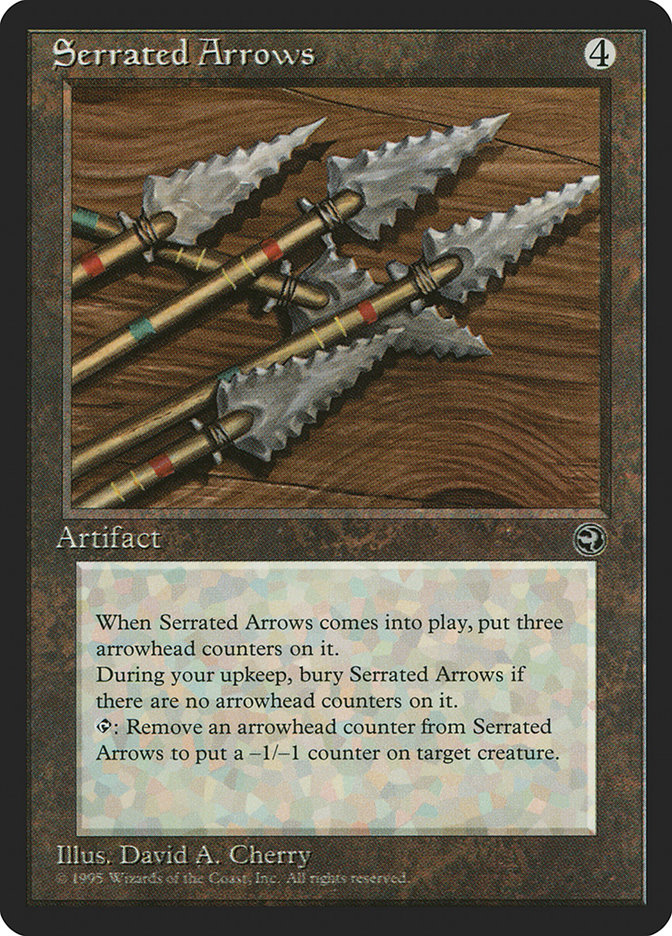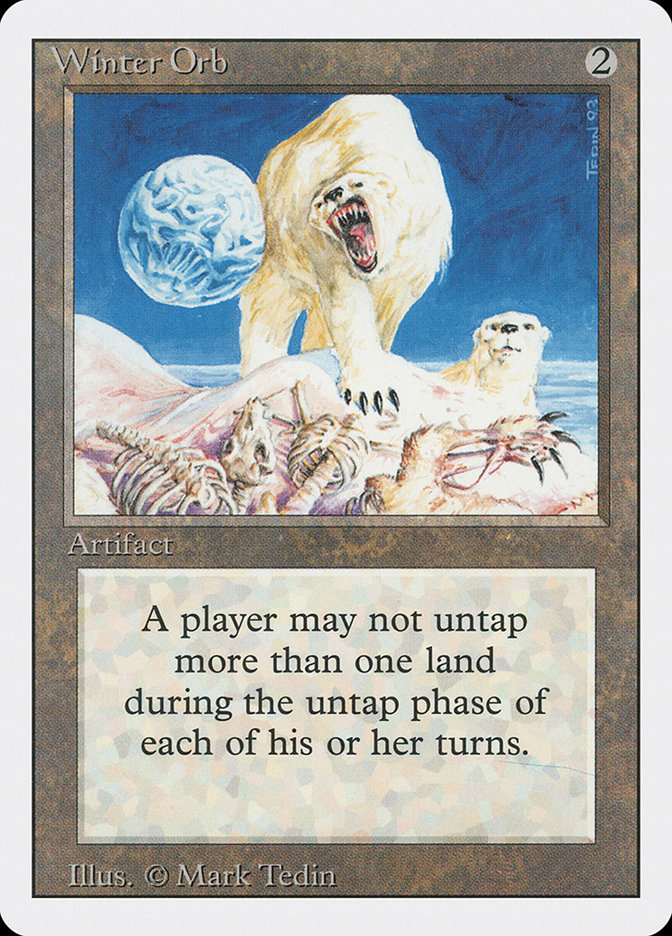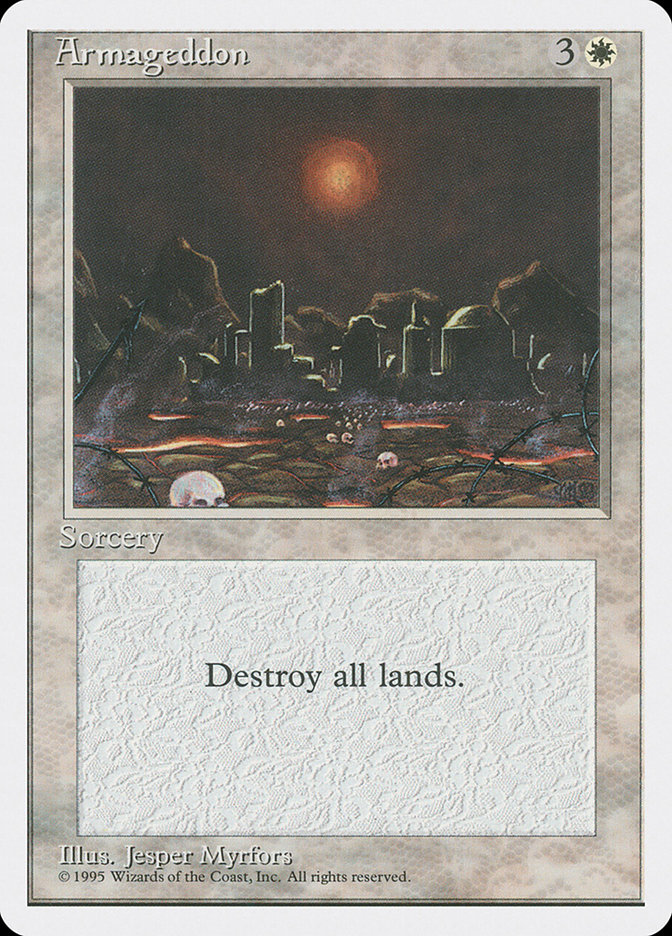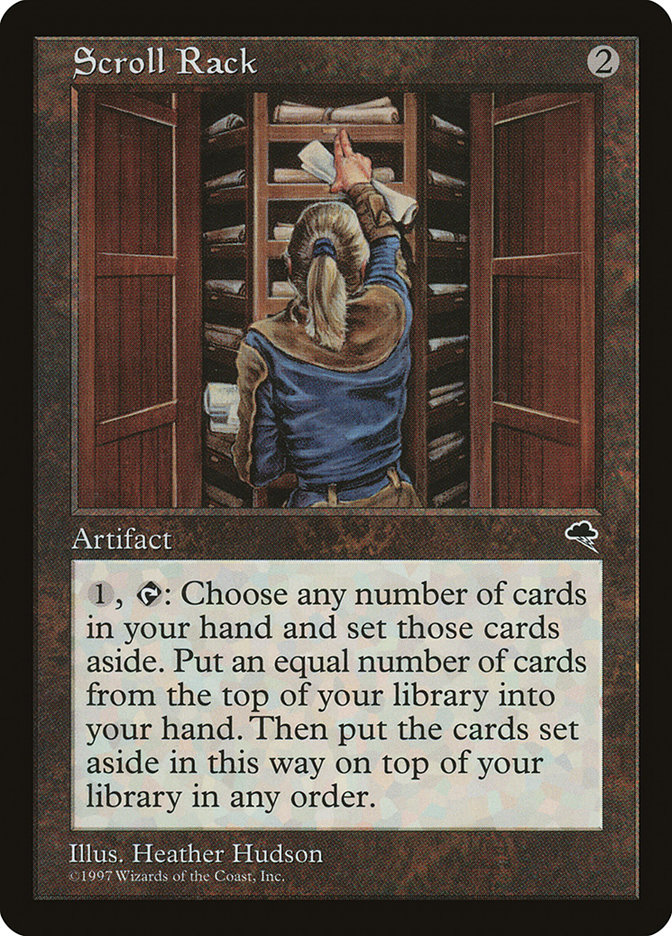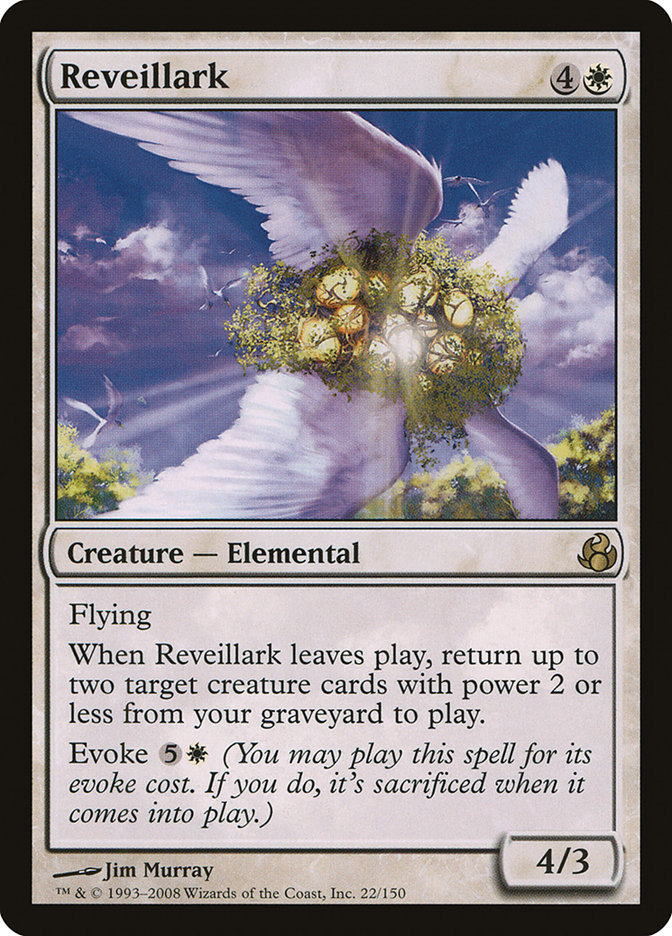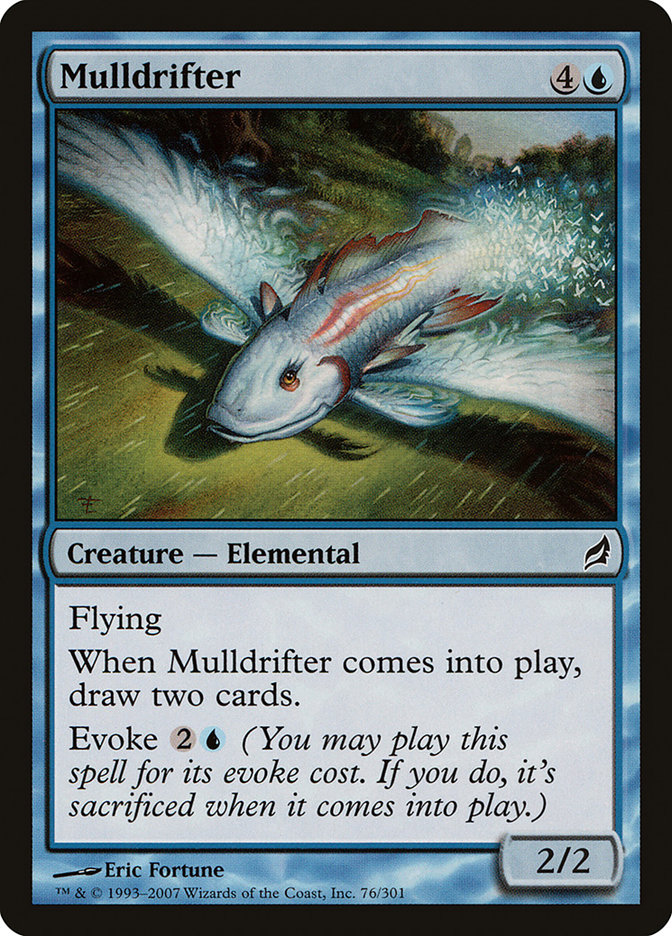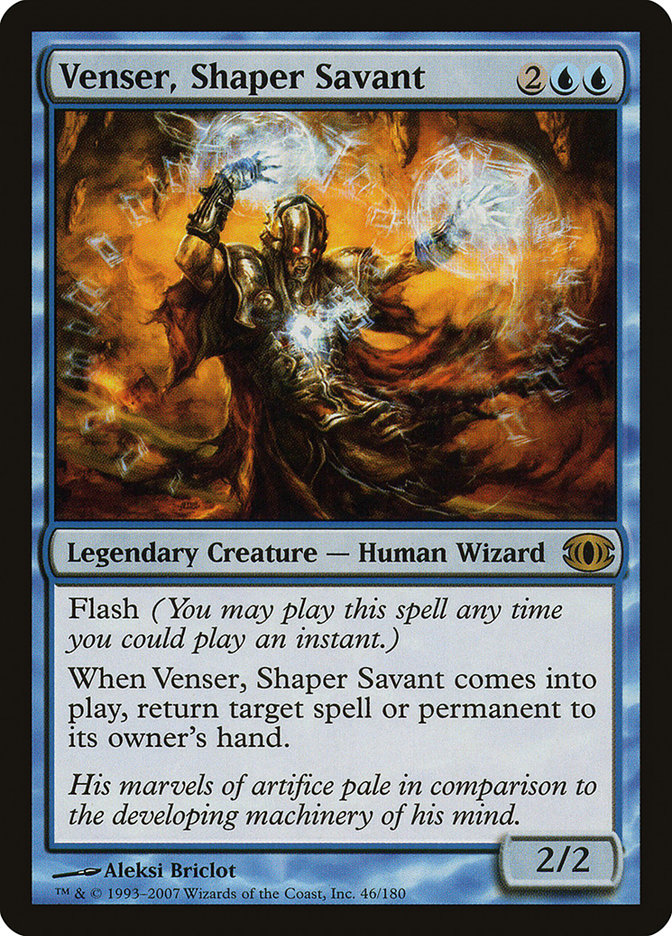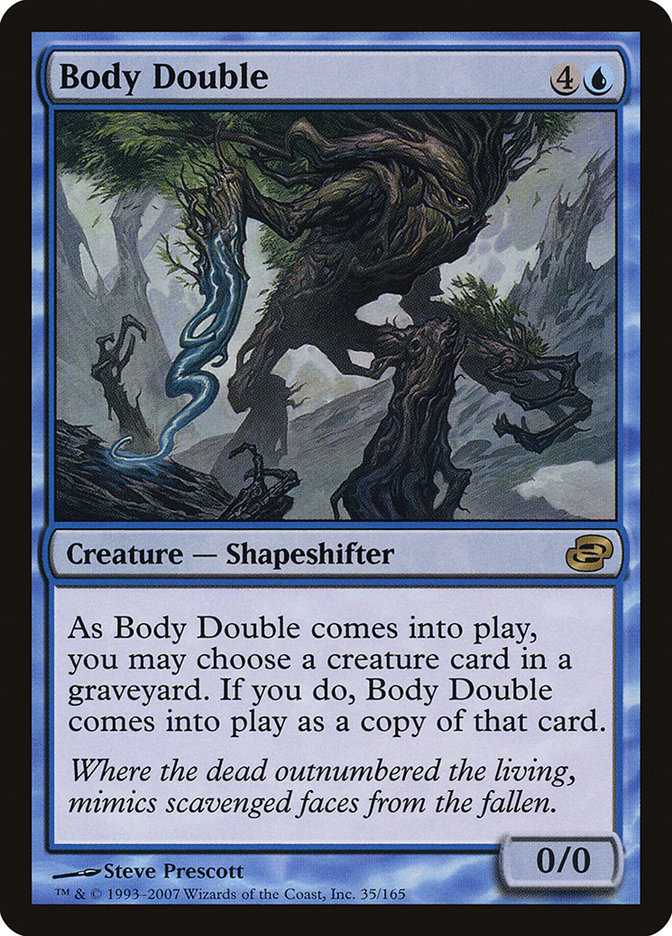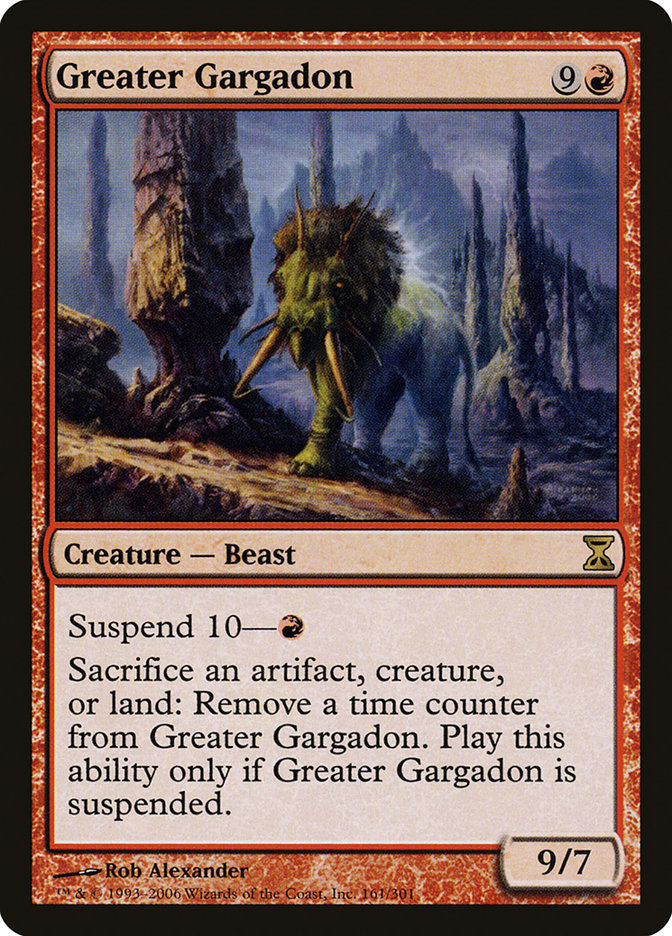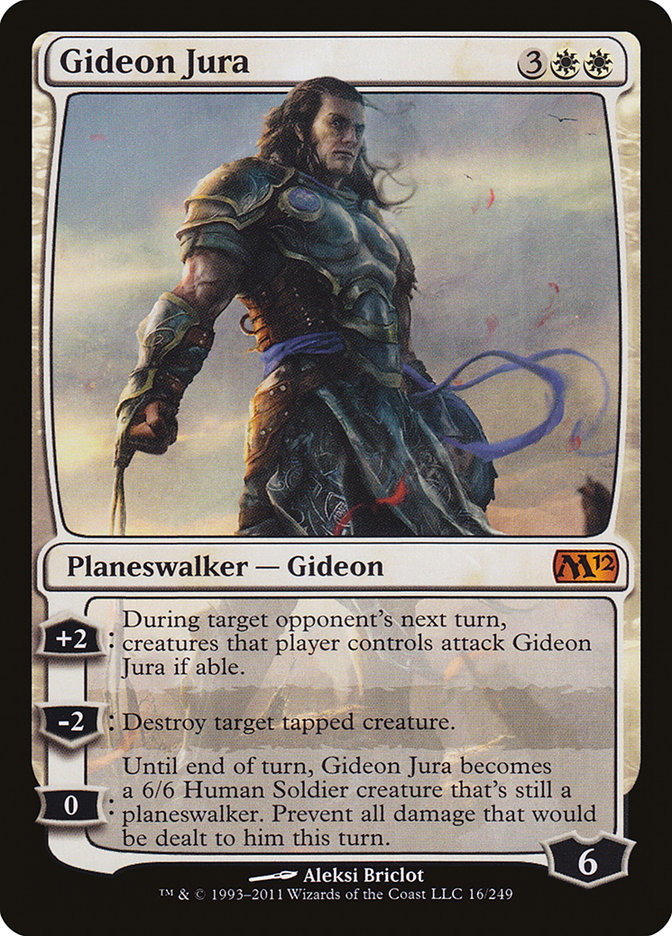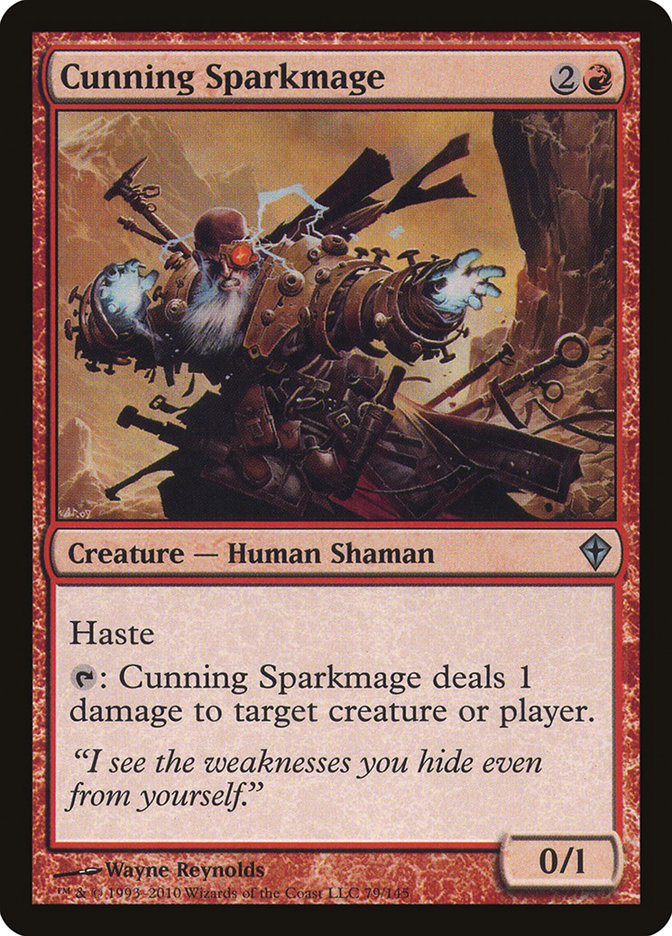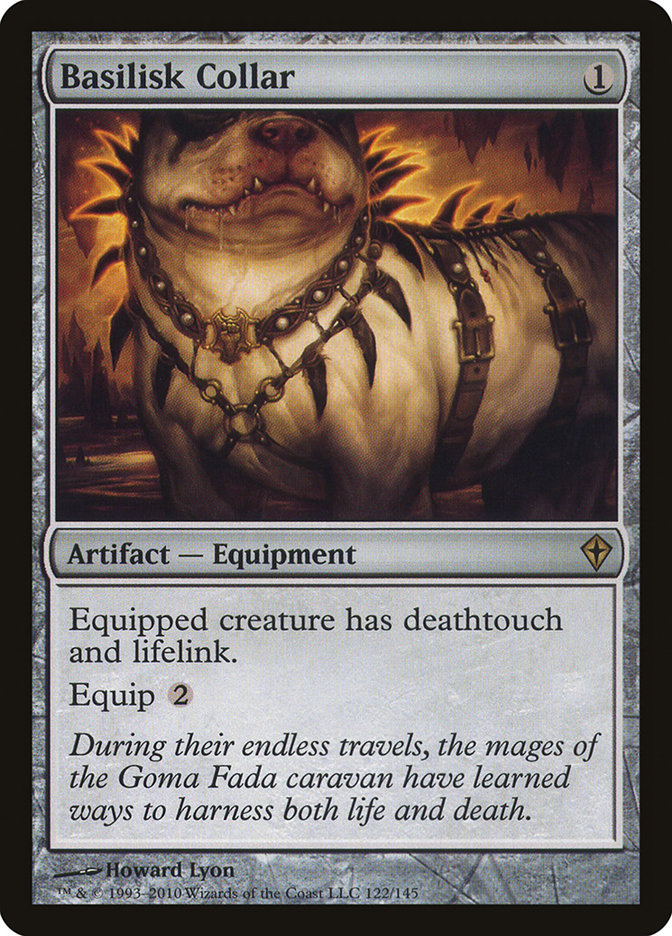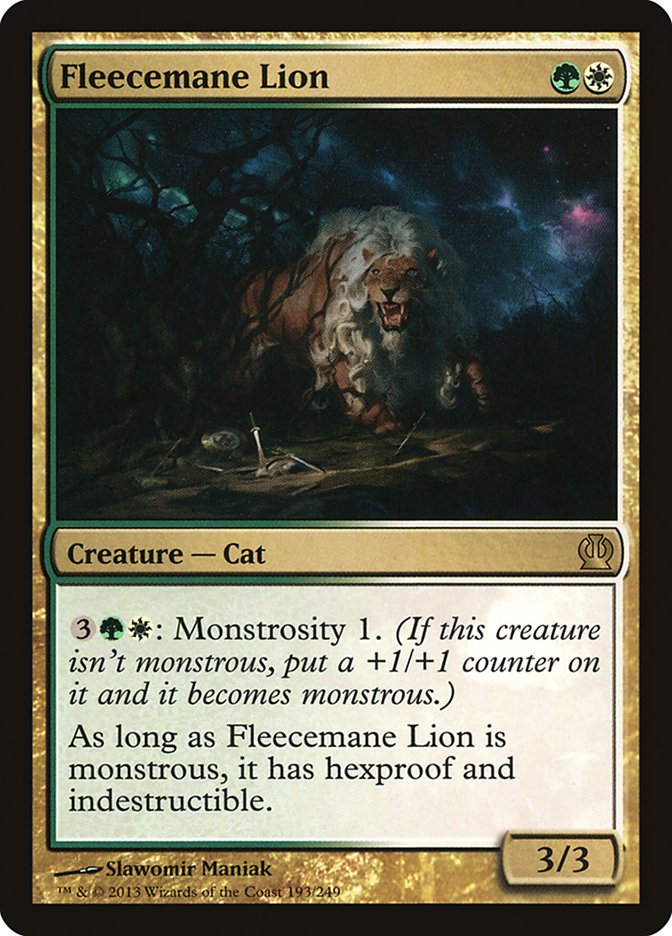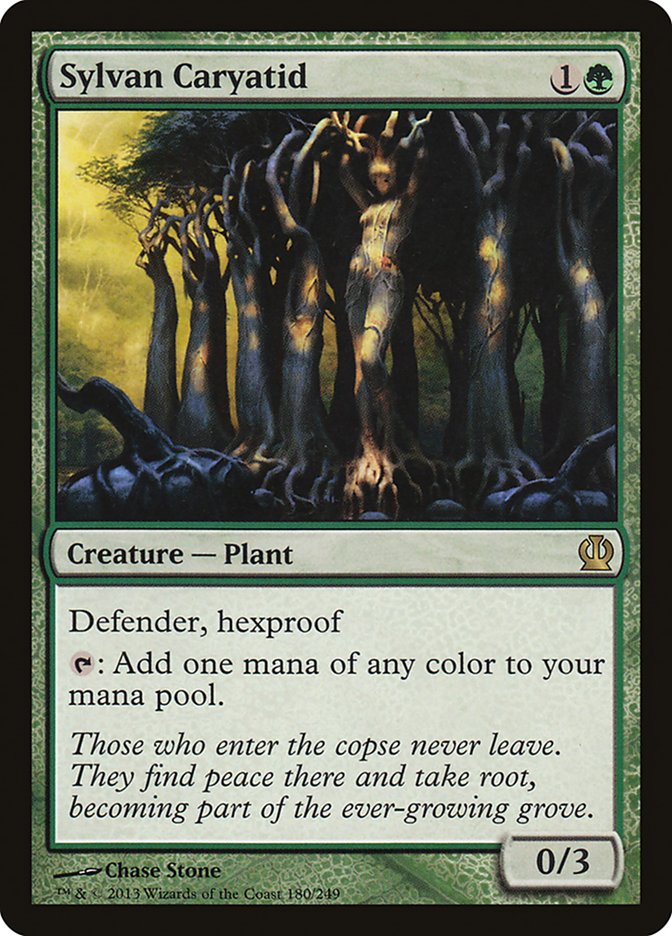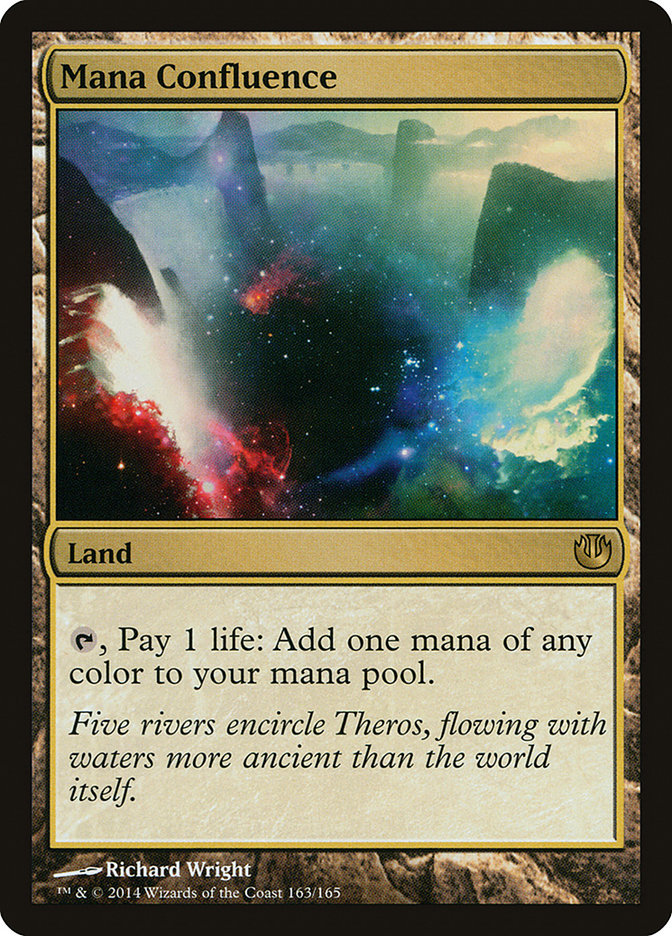White is… well, at times white is a conflicted color.
- Sweepers
- Tokens
- Angels
- Efficient Spot Removal
- Planeswalkers
- Lock Components
Maybe that’s just a product of having so much depth?
Yesterday, we discussed #20 through #16
of the top 25 white cards of all-time, including Baneslayer Angel and Lyra
Dawnbringer.
While I think you’ve got to put them above Archangel Avacyn, there is one
more pure white Angel that’s got to top the list…
#15: Restoration Angel
Restoration Angel is so absurdly efficient, it has had quite a bit of cross
format success despite being exactly the type of card that generally
wouldn’t translate well. A midrange-y flier with a lot of power tied up in
being able to “Flametongue” smaller creatures on account of the flash
ability letting you ambush them when they attack.
The card is also classically used to retrigger enters the battlefield
abilities, like the Snapcaster Mage and Augur of Bolas used by Joel
Larsson, on his way to the finals of Pro Tour Montreal 2013.
Creatures (14)
Lands (22)
Spells (24)

Restoration Angel was absolutely foundational to a whole class of “Flash”
decks that sought to play an almost Faeries-like game. They’d leave their
mana open to be able to interact, but you never know when they were going
to play more on your turn.
If you play into them, you might walk face first into a Restoration Angel
or some sort of interaction, like Azorius Charm. If you didn’t, they might
just Sphinx’s Revelation and pull way ahead.
Joel’s particular list combined many of the elements of U/W Flash with the
Boros Charm + Azorius Charm + Boros Reckoner combo. Once your Boros
Reckoner’s indestructible (from Boros Charm) and has lifelink (from Azorius
Charm), it can keep targeting itself with its own ability once damaged. The
end result? An arbitrary amount of life (like 85 billion).
Of course, sometimes you just Blasphemous Act with two Reckoners on the
battlefield and deal 26 to your opponent…
#14: Land Tax
Few cards in the game’s history have been as good at hiding the advantage
they are generating as Land Tax. Don’t get me wrong, nowadays, word would
spread and people would realize that it was Land Tax doing the winning, but
back in the day, most people didn’t realize that every time you draw three
lands out of your deck from Land Tax, you really are drawing three cards.
Back then, an awful lot of people wrote off the cards as “well, they’re
just lands, they don’t count as real cards.” Meanwhile, those in the know
would discard to hand size turn after turn, rather than let their opponent
Land Tax (especially if both players played a Land Tax on turn one).
Land Tax played a central role in countless Pro Tour 1 decklists, including
eventual champion, Michael Loconto, using it as a source of card advantage
in his U/W Millstone deck designed to prey on the G/W Erhnageddon decks
that were so popular at the time (hoping to dodge the Necro-decks, since…
well, it wouldn’t be pretty, but fortunately for him, most people in the
adult division didn’t know how to build a good Necro deck yet).
Creatures (2)
Lands (13)
Spells (47)

WotC knew that Homelands was kind of a dud, so to try to make sure
some Homelands cards showed up, they added a special rule for this
event requiring everyone to play five cards from each legal set, which
basically just meant, “Play a normal deck, but squeeze a couple extra Homelands cards and Chronicles cards into your deck that
you don’t really want.”
The
tech for getting your Homelands count up.
I wish I had the exact list, but one of my favorite Land Tax decks ever was
the Prison deck I played in a few events twenty years ago:
Lands (14)
Spells (48)

My apologies for not recalling the exact list, but the internet wasn’t as
good at never forgetting back then.
The basic idea was to combine Scroll Rack with Land Tax to draw lots of
extra cards every turn. Despite just seven basics, you could just keep
putting back the same three with Scroll Rack and then drawing them with
Land Tax. Mox Diamond, Fellwar Stone, and Ancient Tomb made it easier to
function without many lands on the table, not to mention the possibility of
Wasting your own lands or casting Armageddon.

While my primary method of victory was submission after a mana lock (not
completely dissimilar to Teferi, Hero of Dominaria), Ashnod’s Cylix could
be used on opponents to speed up the clock. The selection it afforded them
would mean nothing, once they were locked. Before that, I’d use it on
myself to reset the top of my deck for digging deeper with Scroll Rack.
Of course, even without the Cylix, I had the endgame inevitability anyway,
thanks to Scroll Rack. Once you’ve got no cards left in your deck, you can
Scroll Rack for one. Then you’ll “put” one card into your hand among your
zero (i.e. nothing would happen), and then put the one card you really did
set aside from your hand on “top” of your deck… every turn. Again, kind of
similar to Teferi, Hero of Dominaria.
This “victory” condition was so subtle, I actually had one opponent in the
top 8 mulligan to zero, to try to deck me. He had seen my entire deck the
previous game, and upon seeing zero victory conditions and getting decked
by a single card, concluded that I had been relying on submissions. Of
course, I had realized that many people didn’t know about the Scroll Rack
trick (or that Ashnod’s Cylix could target your opponent), so I would tend
to not reveal these tricks until needed.
Needless to say, I managed to win against the opponent that mulliganed to
zero. I literally manalocked him before he hit his second land drop, then
explained the kill. Nevertheless, it was an interesting game, the only game
I’ve ever played in a sanctioned event where someone mulliganed to zero
against me (and attempting to gain a competitive advantage, no less).
#13: Reveillark
I guess Reveillark is technically a creature, but in many ways, Reveillark
is kind of a state of mind.
Reveillark’s primary calling in life is replaying value creatures over and
over. That removal can’t even really stop Reveillark from getting its value
made it a perpetually infuriating threat to try to play against. So often,
it seemed, you’d get into game states where if Reveillark ever died, they’d
win the game. Add to this its flying, and you’d find yourself in games that
would go turn after turn, with attacking no longer an option.
Reveillark is also very good for enabling combos, since its ability doesn’t
require exiling it, unlike most recursion creatures. Body Double was an
especially bizarre one, since it counted as a 0/0, meaning Reveillark could
get it back… only to copy the dead Reveillark. This was particularly
ridiculous when you consider that the Body Double copy of Reveillark could
get itself back… plus something else.
Greater Gargadon served as a sacrifice outlet, letting you sacrifice the
Body Double and whatever you were looping (such as Mulldrifter) over and
over. You might think the Gargadon would eventually enter the battlefield,
ending the loop, but since you could just keep doing every part of the
combo at instant speed, you could just keep doing the loop and never let
the Gargadon ability resolve.
Creatures (20)
- 2 Greater Gargadon
- 2 Aven Riftwatcher
- 2 Body Double
- 2 Venser, Shaper Savant
- 4 Mulldrifter
- 4 Sower of Temptation
- 4 Reveillark
Lands (23)
Spells (18)

While this strategy had a pretty big weakness against Faeries, it performed
so well against the rest of the field that it was actually a great choice…
just dodge!
#12: Gideon Jura
While some people might prefer Gideon, Ally of Zendikar, I think Gideon
Jura is just in another league (and that was a pretty intense time period
in Standard’s history with steep competition). Gideon Jura was designed to
be a five-drop Planeswalker people actually played over Baneslayer Angel,
and in that regard, it succeeded.
It was creature-kill, board control, card advantage, tons of extra life, an
extremely powerful and resilient kill condition that synergized amazingly
with sweepers, Gideon really just does so much (and well).
While Gideon continues to enjoy Modern and Legacy success, its big finishes
started from its very first tournament. Despite Zendikar block
being built around the three pillars of Temur Lotus Cobra/Jace decks, Red
and Boros Aggro decks, and Mono-Green decks of all sizes, Gideon still
managed to find a home in the top 8.
Creatures (21)
Planeswalkers (6)
Lands (16)
Spells (17)
Sideboard

Rather than playing red for Plated Geopede and Burst Lightning, Neeman’s
white aggro deck came packing Jace, the Mind Sculptor and Seagate Oracle as
part of a plan to go a little bigger (and all the way up to Gideon Jura).
That said, he just couldn’t give up on the Cunning Sparkmage/Basilisk
Collar combo for winning creature-heavy matchups, particularly heavy green
and heavy white decks.
#11: Elspeth, Sun’s Champion
It is done.
Not surprisingly, I’ve got some pretty good memories of this card, as it
was the MVP in my best finish, Pro Tour Journey into Nyx (a
fitting end to Block Constructed, if you ask me).
Creatures (18)
- 2 Polukranos, World Eater
- 4 Sylvan Caryatid
- 4 Fleecemane Lion
- 4 Brimaz, King of Oreskos
- 4 Courser of Kruphix
Planeswalkers (4)
Lands (19)
Spells (19)

This list is a case study in trying to cram the most possible “good cards”
into a deck you possibly can. At the time, no one played Fleecemane Lion in
midrange or control decks, but it really was the best two-mana removal
spell, so to speak. It also conveniently ducked under Elspeth, unless it
was indestructible, anyway.
That Block Constructed format was torn between Courser of Kruphix decks
going big and really fast one-drop decks preying on how expensive all the
removal was. Both ends of the spectrum, however, struggled with mana.
While everyone had Sylvan Caryatid, relatively few played the full playset
of Mana Confluences that helped enable the double green of Courser of
Kruphix and Polukranos, World Eater, the double black of Hero’s Downfall
and Silence the Believers, and the double white of Brimaz, King of Oreskos
and Elspeth, Sun’s Champion.
Elspeth’s ability to kill big creatures with her minus ability was
devastating to big green and red creatures, while her plus ability would
quickly and effectively stabilize against cheap white, red, and black
creatures, to say nothing of how quickly she could run away with the game
against control decks.
Of course, that was Block Constructed, where we’d expect such an
overpowered card to warp and define the format. Even today, however,
Elspeth continues to show up in Modern and Legacy as the defacto best way
to “go bigger” after sideboarding. No matter what fair strategy your
opponent may be packing, as long as they are playing fair, Elspeth goes
bigger.


